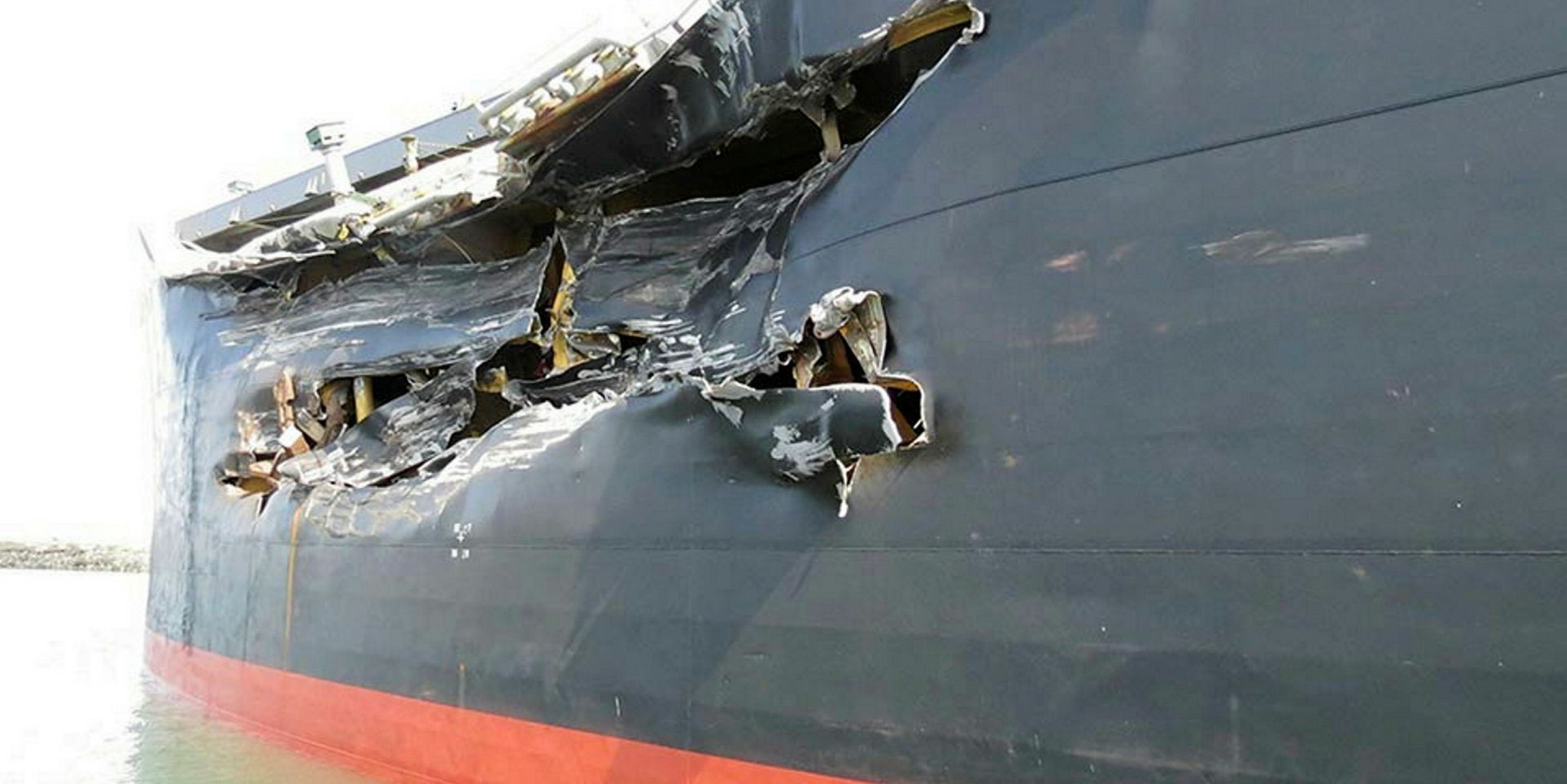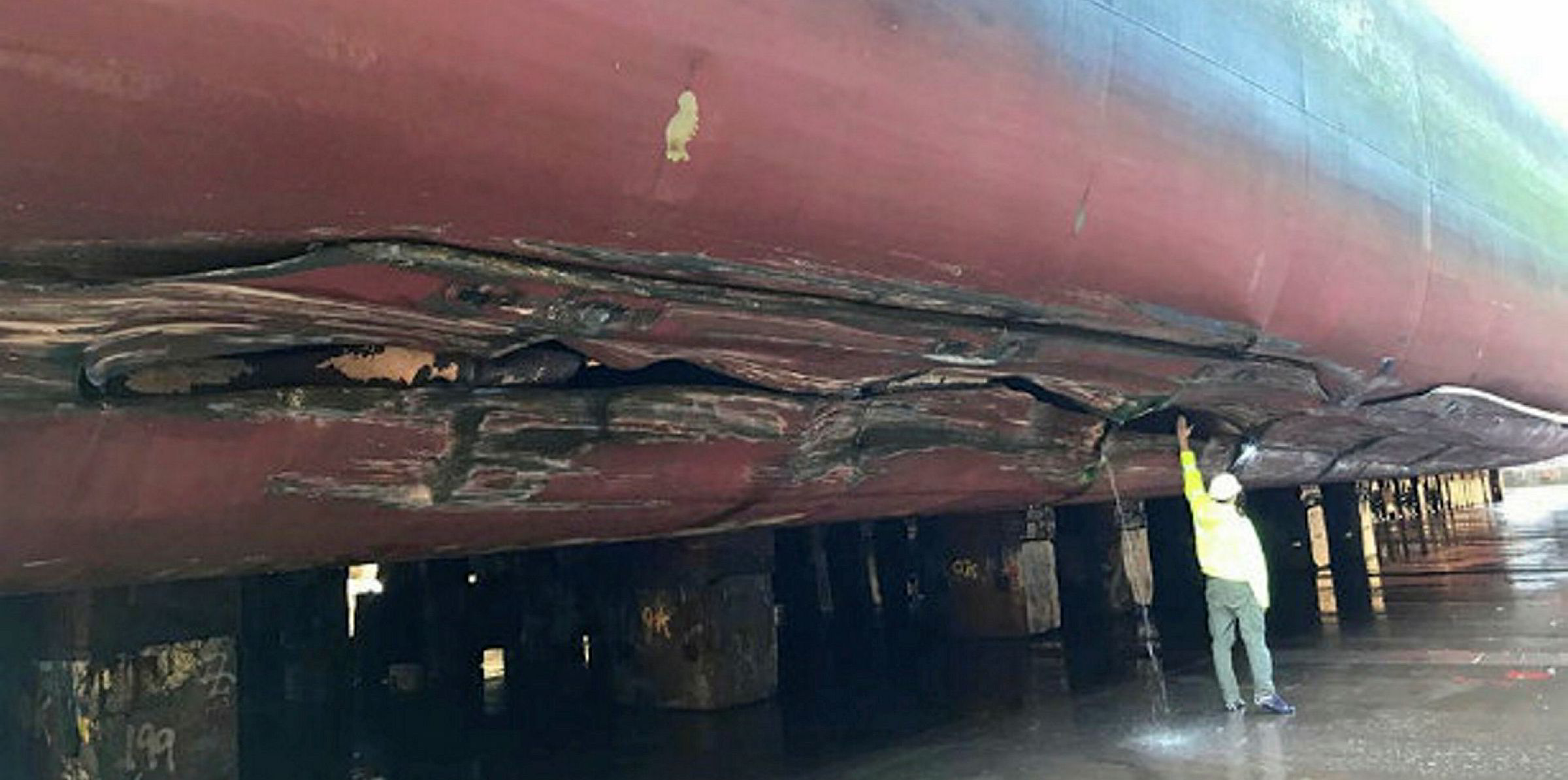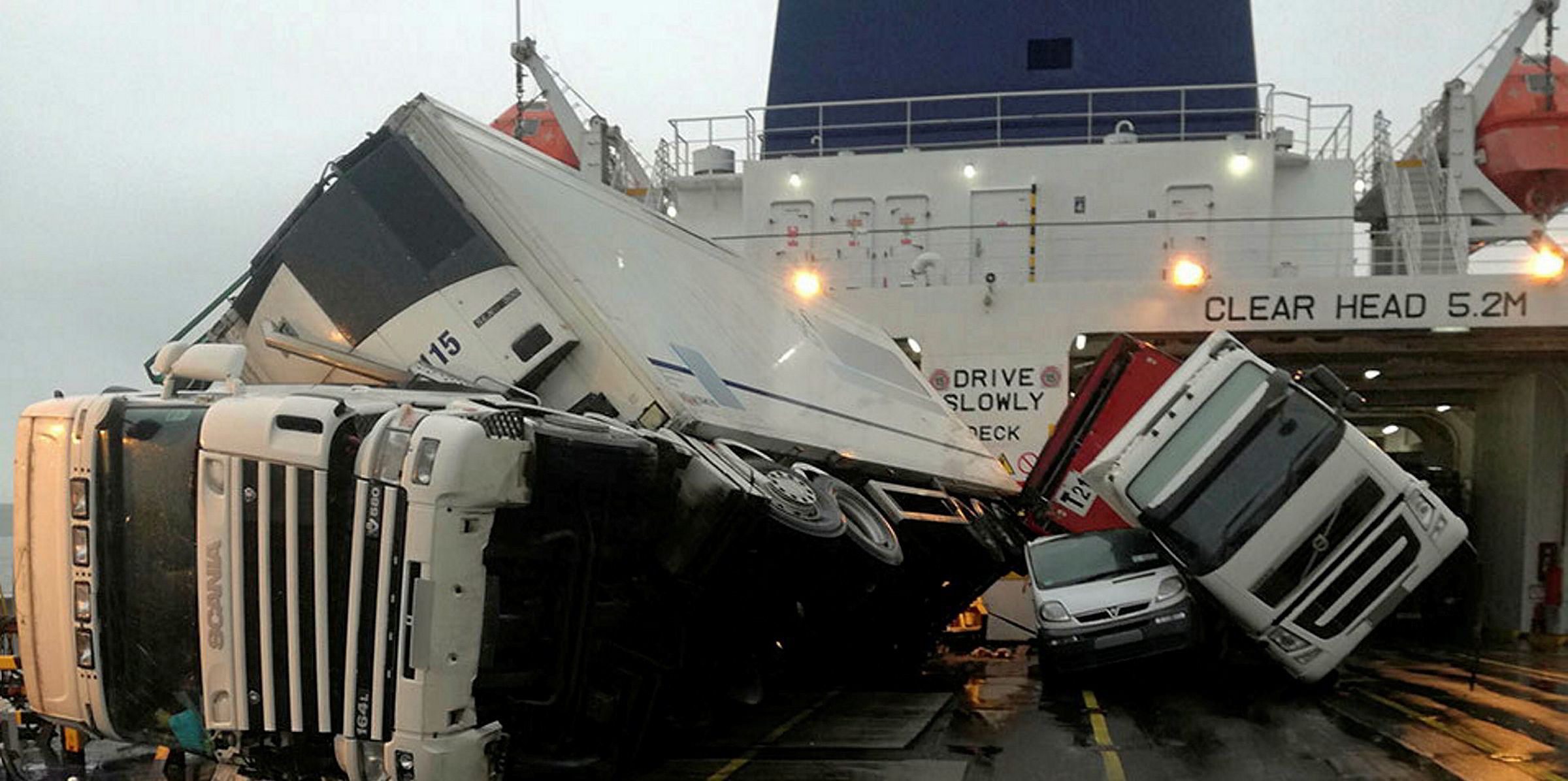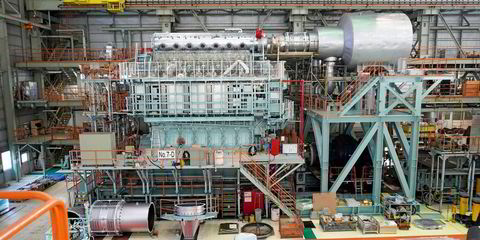A Japanese capesize suffered severe damage after it was hit by a Turkish bulker off the UK last year, but no cause has been found for the incident.
The 179,000-dwt Cape Mathilde (built 2010) was crunched on its port side on 18 April by the 35,000-dwt Gulnak (built 2011) while moored at Redcar in England.
The UK Marine Accident Investigation Branch (MAIB) said the Gulnak suffered damaged to its bow.
The MAIB probe found that the control of the Gulnak’s heading was lost towards the end of an intended turn to port in the main navigation channel.
"Despite the use of full starboard rudder and full speed ahead, the port turn was not fully arrested and subsequent application of full astern power was insufficient to avoid a collision with the Cape Mathilde," it added.
Hindered data
During the investigation — which was hindered because rudder-angle and engine-speed information was not recorded by the Gulnak’s voyage data recorder — a number of factors that possibly contributed to the loss of control were analysed.
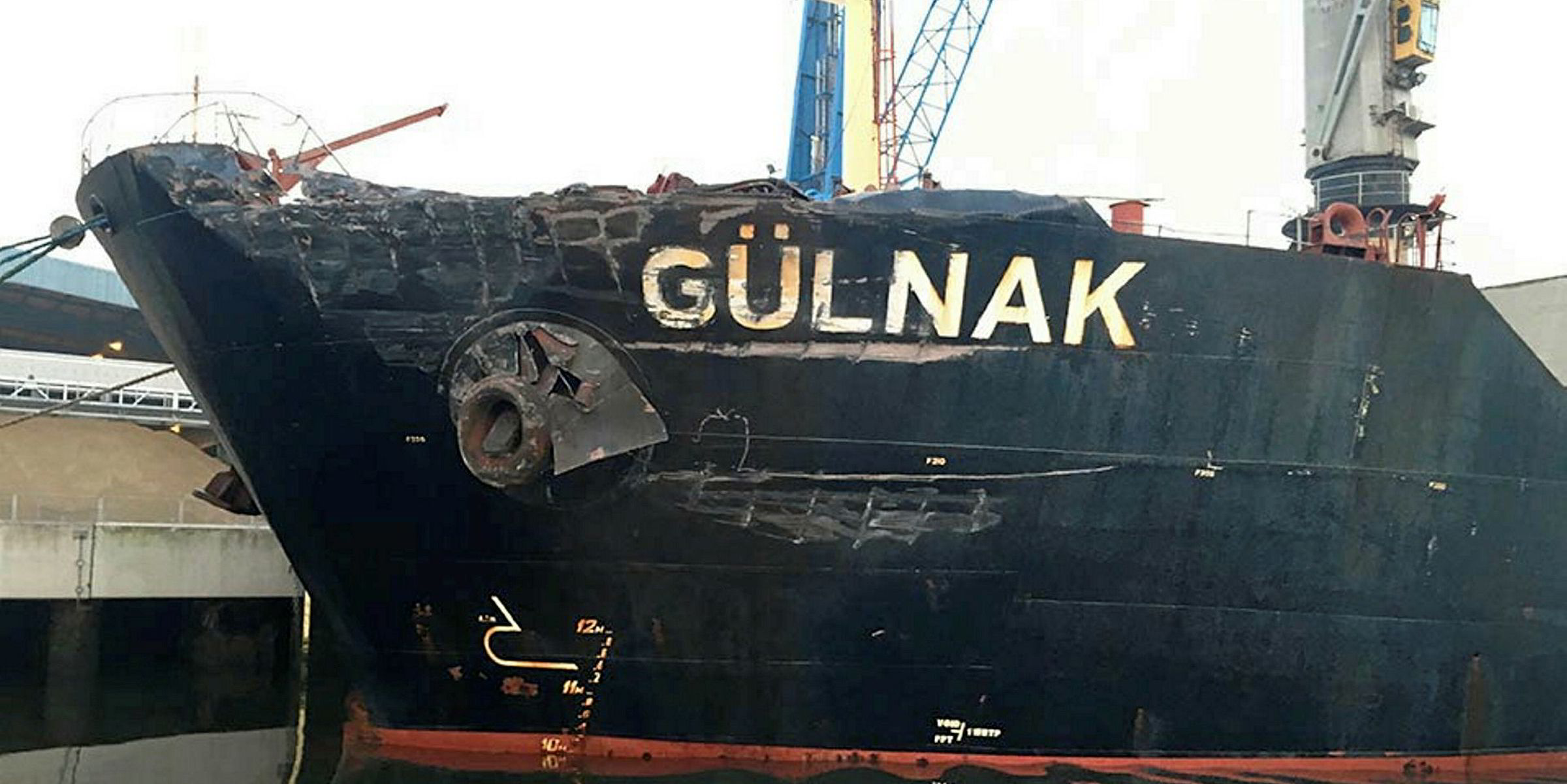
These included the actions of the bridge team, equipment malfunction, vessel manoeuvrability, and hydrodynamic effects.
But no direct cause was identified.
The skippers of the two tugs that were waiting to assist the vessel saw the potential hazard and manoeuvred towards the Gulnak.
The pilot and master had by that point realised a collision was inevitable.
The pilot moved to the port bridge wing and ordered "full astern", but the Gulnak’s port bow collided with the Cape Mathilde’s port side at a speed of 6.7 knots and an angle of 29 degrees.
At the time of the collision, the crew of the Cape Mathilde, operated by Tokei Kaiun, had been resting. The gangway and deck watch had not seen the Gulnak prior to the collision and were alerted by the force and noise of the impact.
MAIB said the Gulnak’s route was similar to that followed by other bulkers of similar size and, other than the vessel’s speed at the start of the turn to port being marginally faster compared with previous entries of similar size bulkers, the pilot’s actions accorded with usual practice in the port.
"The possibility that the Gulnak’s heading and directional stability were influenced to some degree by shallow-water effects cannot be eliminated," it added.
Steering and propulsion data
The vessel’s steering and propulsion appeared to be operating correctly, but this could not be confirmed due to helm, rudder and engine-speed information not being recorded on the voyage data recorder.
Operator Gulnak Shipping Transport & Trading has been asked to ensure its masters and embarked pilots are aware of the circumstances of the accident and the potential for similar accidents to occur in the future.
Harbour authority PD Teesport has implemented measures to ensure the harbourmaster is informed should the Gulnak or a sister vessel visit in the future.
